When we share our stories—whether it’s in a personal conversation, on social media, or in our newsletter—it’s always best practice to tell a story that you “own,” a story that you’ve experienced personally or is meaningful to you in some way.
 And, importantly, one that shows the impact of your organization. A personal connection to the story helps create necessary authenticity and credibility.
And, importantly, one that shows the impact of your organization. A personal connection to the story helps create necessary authenticity and credibility.
But what if there is something standing in the way of you telling a compelling, effective, and completely truthful story? For example, you’re a twelve-step program or work with kids in foster care. Both of these situations could potentially keep you from telling someone’s specific story. Or maybe you simply can’t get permission.
You get the idea. There are hundreds of reasons why we “can’t tell our story.” But there is one good reason why you can. It doesn’t have to be real. Wait. What? A made-up story? Isn’t that illegal or something? What about that authenticity?
Remember, our job as a storyteller is to move our listener to take some action; to be engaged with the organization in some capacity, preferably financially! There are a lot of things an effective, and persuasive, story must include besides authenticity including enthusiasm and a story character who needs empathy and support. But, the veracity of your story character is not one of them. Now, don’t get me wrong, you can’t just out and out lie. Your impact and your need must be real. Your call to action must be compelling.
 But you can create what I call an “ensemble story.” A little bit of this … a little bit of that, like a group of musicians who come together playing different instruments, different notes and yet make beautiful music together. By creating an ensemble story, you have the power to build a compelling case for why: why your clients need help and why your organization makes a difference in your community.
But you can create what I call an “ensemble story.” A little bit of this … a little bit of that, like a group of musicians who come together playing different instruments, different notes and yet make beautiful music together. By creating an ensemble story, you have the power to build a compelling case for why: why your clients need help and why your organization makes a difference in your community.
As Simon Sinek says, “people don’t buy what you do, they buy why you do it.”
So, if you want to tell the story of Alice’s journey through the foster care system, it’s perfectly fine to turn Alice into “Timmy” and instead of Alice’s curly blonde hair, Timmy has cropped red hair and wears his tennis shoes on the wrong feet. Maybe throw in a little of John’s journey through the system … he has emotionally abusive foster parents. All of this comes together to create a vivid mental image where the need is real and your agency provides hope. And, not once in that story is Alice’s privacy compromised or your veracity questioned.
So how do you authentically tell an ensemble story? You start with something like, “Just imagine …” or “What if …”
 For example, you might start the story this way:
For example, you might start the story this way:
Just imagine you’re a little boy living with strangers who have given you a place to sleep, but you’re not really part of the family. Let’s take a look at the life of a boy we’ll call Timmy. His story represents the types of children we often see in foster care.
At five or six or ten, these kids are often sad and angry at a world that’s let them down. Kids like Timmy keep all their stuff in a garbage bag because they have no real place to call home. At our agency we help kids just like Timmy find a place to call home with parents who love him and make him feel safe. Won’t you please help us help kids like Timmy? (Remember to include a call to action!!)
Don’t be afraid to gather truthful elements of several stories to help you craft an effective ensemble story. Your authenticity and enthusiasm for your cause, coupled with a compelling story, will make all the difference between “we just can’t tell our story” and “we are a powerful voice for our clients and our community.”
Visit The Story Corner with Sue or my website here. Also be sure to follow me on Facebook and Twitter!
Sue Kindred
Download Sue’s Top Ten: Creating Your Social Change Story
Stories are important. But do you know how to create a story that is both comfortable to tell and effective in delivering results?
Download my Top 10 to create your own story that’s worth telling, remembering and sharing, for free!





